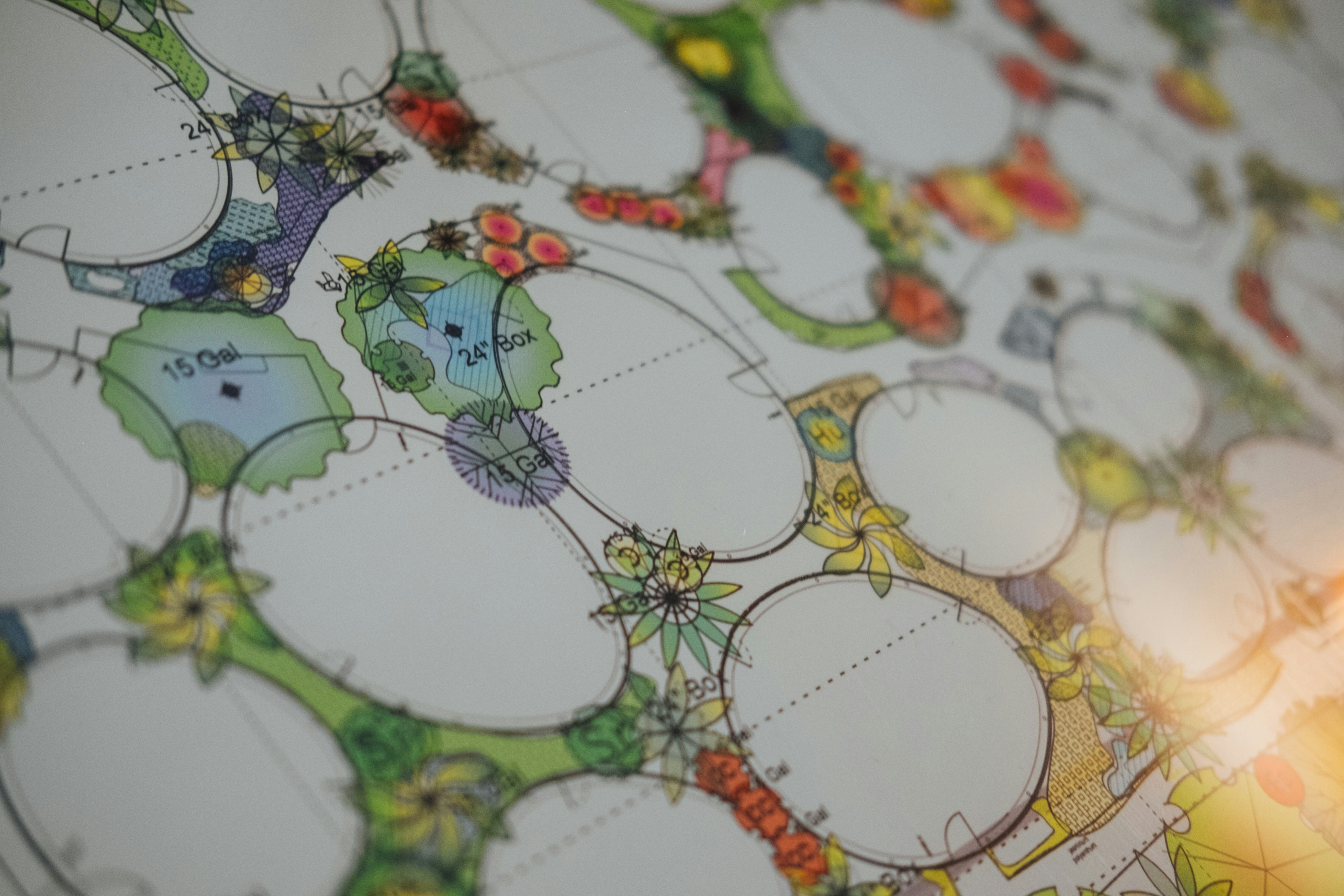W3C Standard ODRL Policy gaining industry adoption
The ODRL Policy recommendations (the Model and the Vocabulary) were finalised in 2018 and have recently achieved several notable adoptions across the global community.
Global adoption across industries
ODRL has been adopted by the JPEG Trust standard as the default policy language to describe usage policies for images used by the international standard (PDF). The JPEG Trust use cases include ODRL expressing the relevant Parties, Rights-holders, Terms and Conditions, and Compensation (PDF).
The International Data Spaces Association (IDSA) includes ODRL in its Reference Architecture Model. The IDSA Usage Control Language is an extension of the ODRL Policy language that provides machine-readable specifications of Usage and Security Control policies. These are also subsequently adopted by other national implementers of data spaces, such as the Australian DataSpaces.
The Data Spaces Support Centre (DSSC) has examined ODRL’s application in enforcing access and usage policies, further reinforcing its relevance in shaping governance mechanisms for data spaces.
The Gaia-X consortium's goal is to establish innovation through a digital sovereignty ecosystem, whereby data is shared and made available in a trustworthy environment. They have developed an ODRL Profile for attribute based access and usage control using Verifiable Credential claims.
The European Union Intellectual Property Office recommends the use of ODRL for expressing policies for open rights data exchanges. The Copyright Infrastructure Task Force indicates ODRL as a relevant format to express obligations in a machine-readable way and it provides enough flexibility to express the agreements between parties (PDF).
Future standardisation under community consideration
These real-world examples are both significant in terms of the recognition of the applicability of ODRL to a wide range of industry use cases, as well as clear indicator of industries emerging future needs for robust and flexible policy mechanisms. It is a testament to the vision of W3C and the unfaltering dedication of the ODRL community team over two decades of work.
With a journey that began in 2000, ODRL was published as a W3C Recommendation in 2018 and since then discussions and further developments have continued in the W3C ODRL Community Group. This include additional Profiles, more precise Semantics, a Community vocabulary, and tools and frameworks (see the ODRL Landscape). With the growing industry interest and adoption of ODRL, the ODRL Community Group is seeking input from the broader communities about whether it is time to plan formal standardisation of the next versions of the specifications.

Photo by Paul Hanaoka on Unsplash
Comments (0)
Comments for this post are closed.